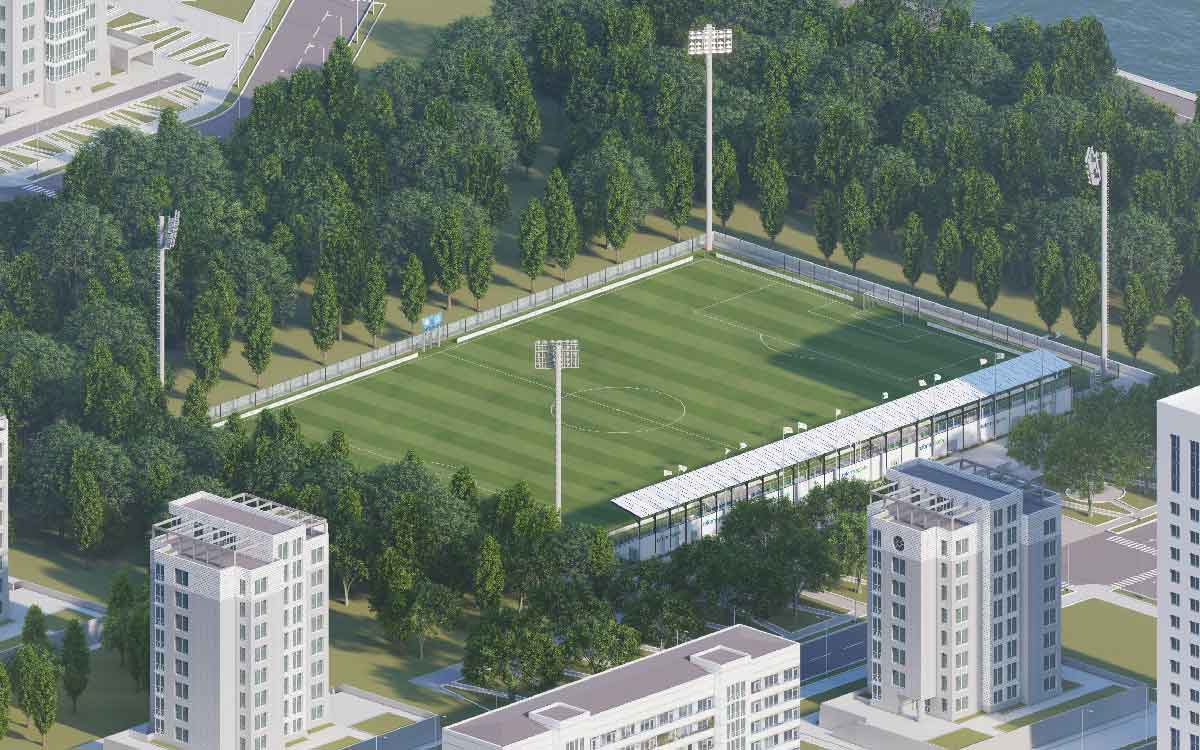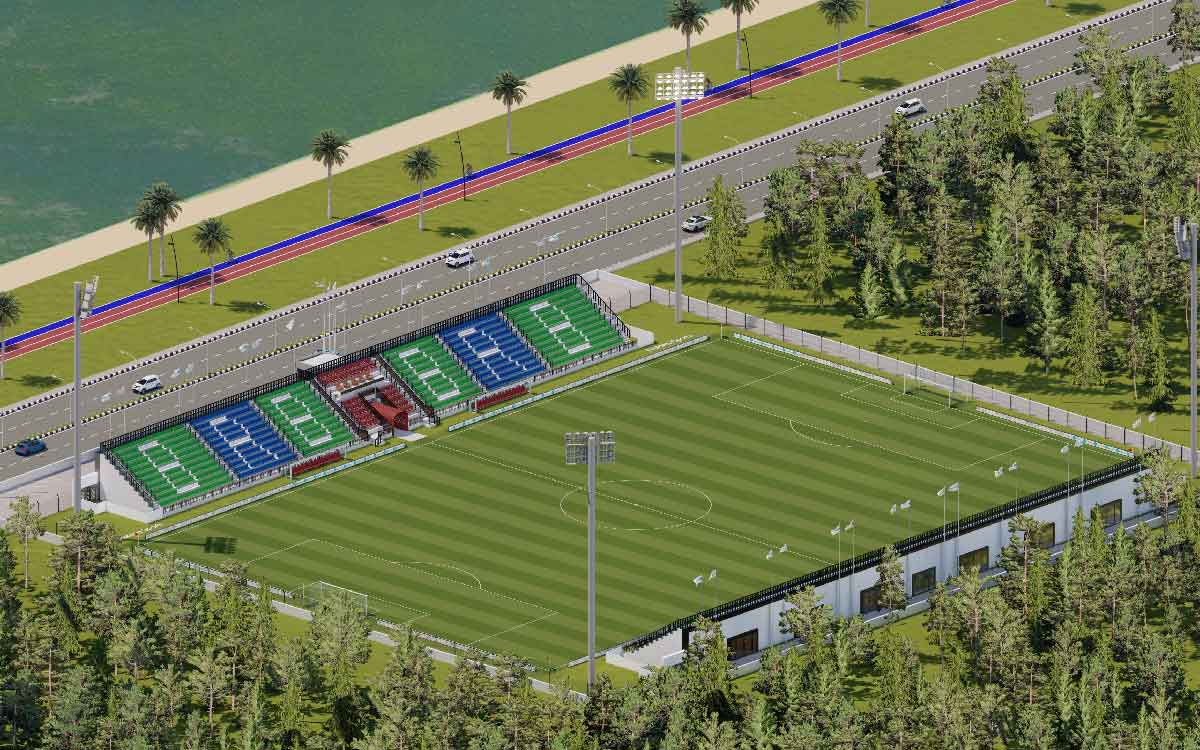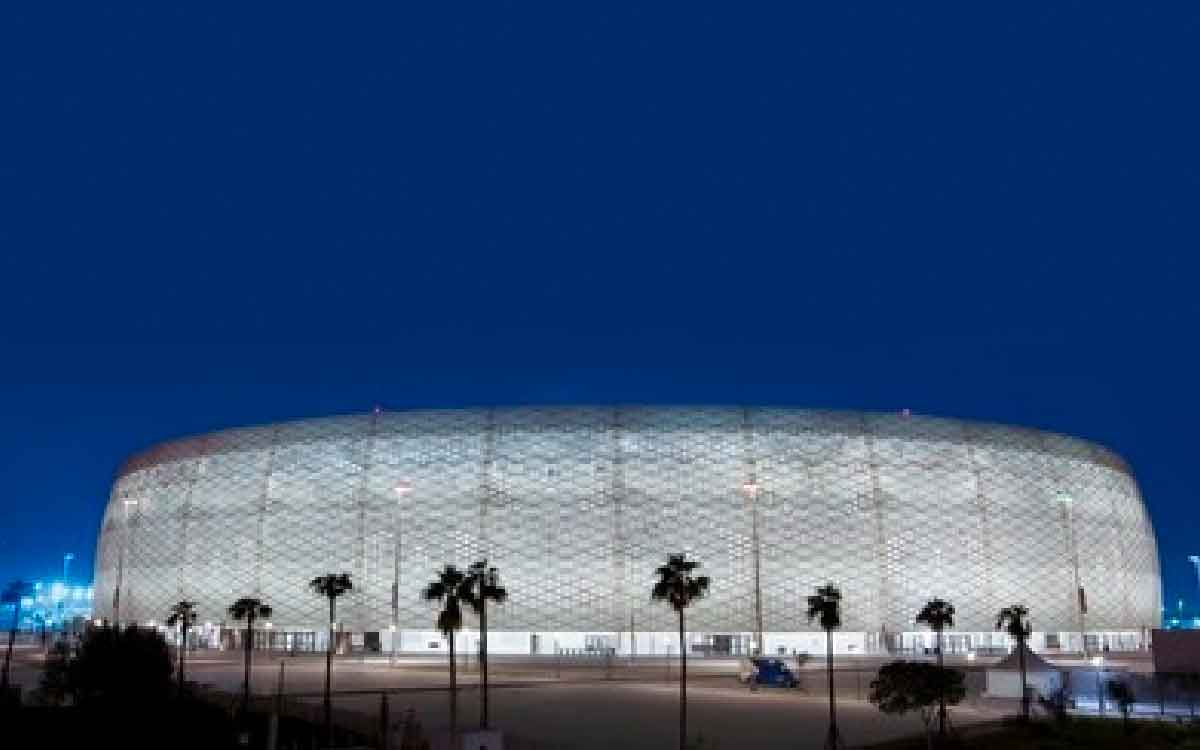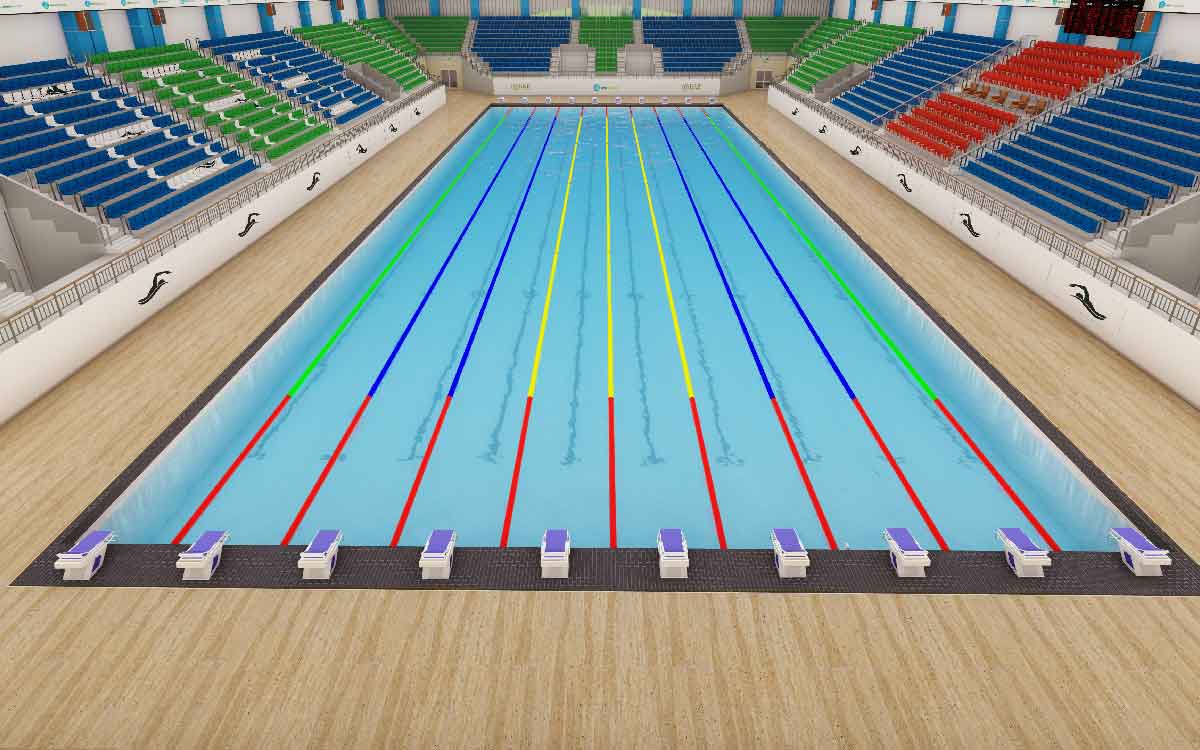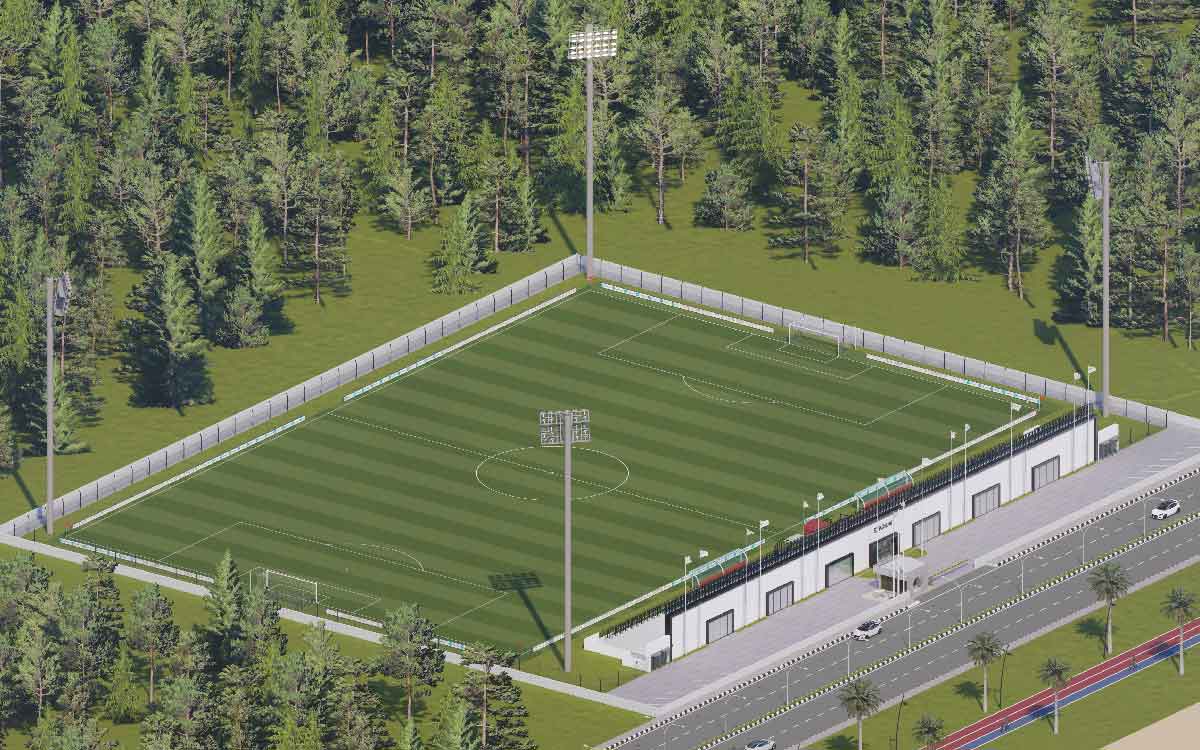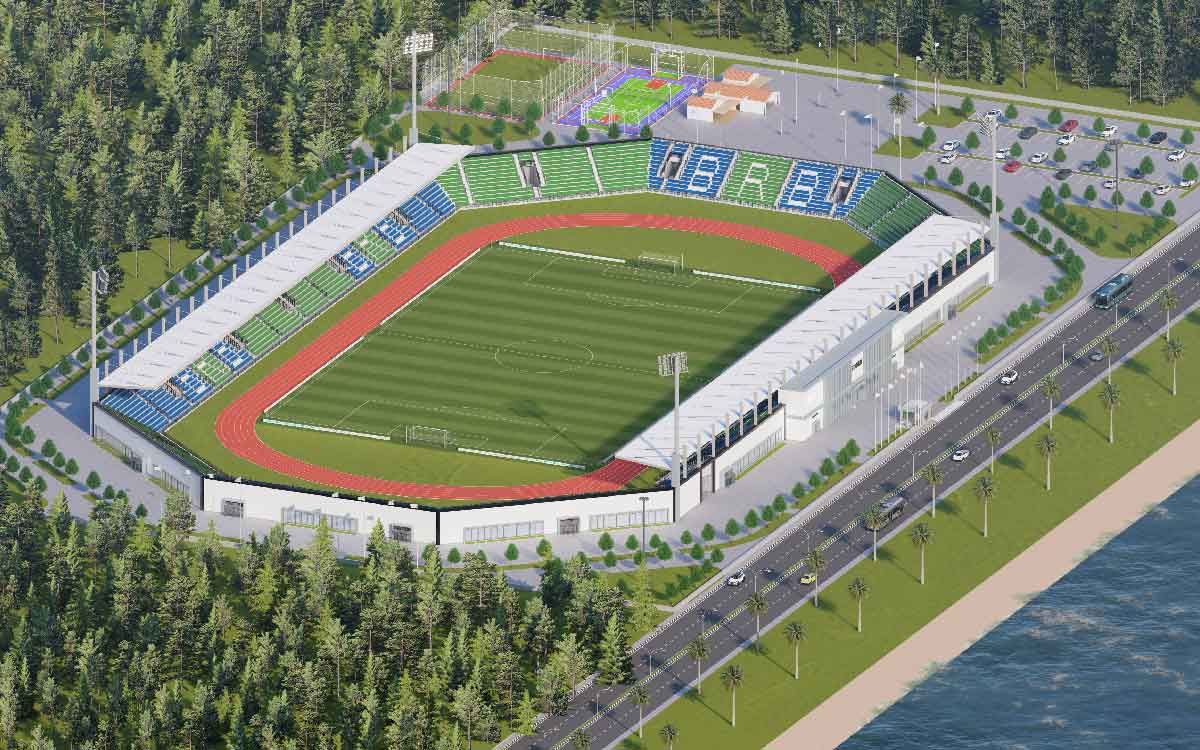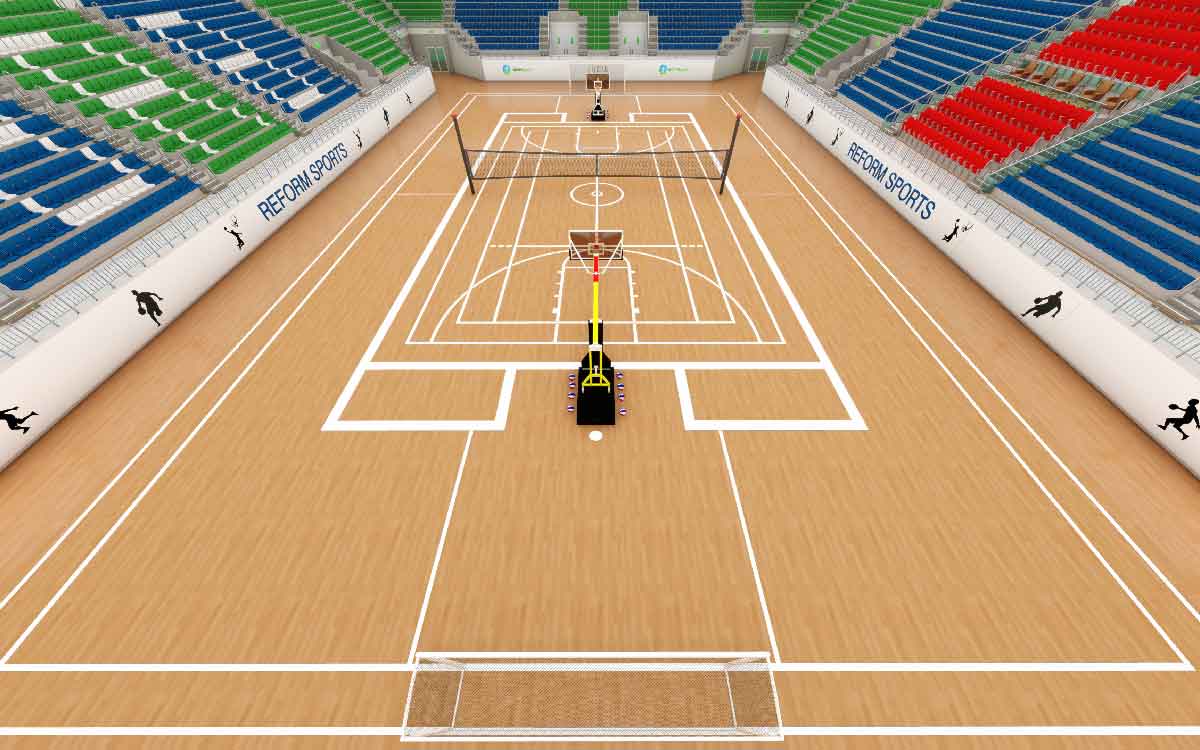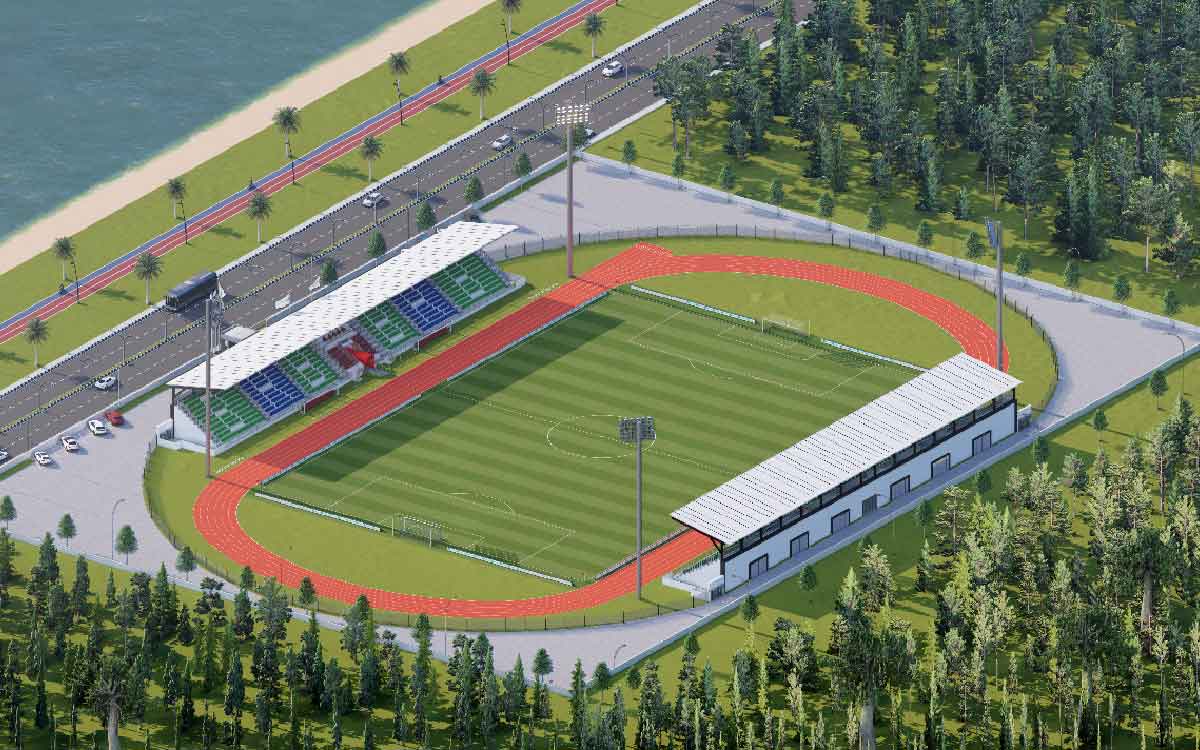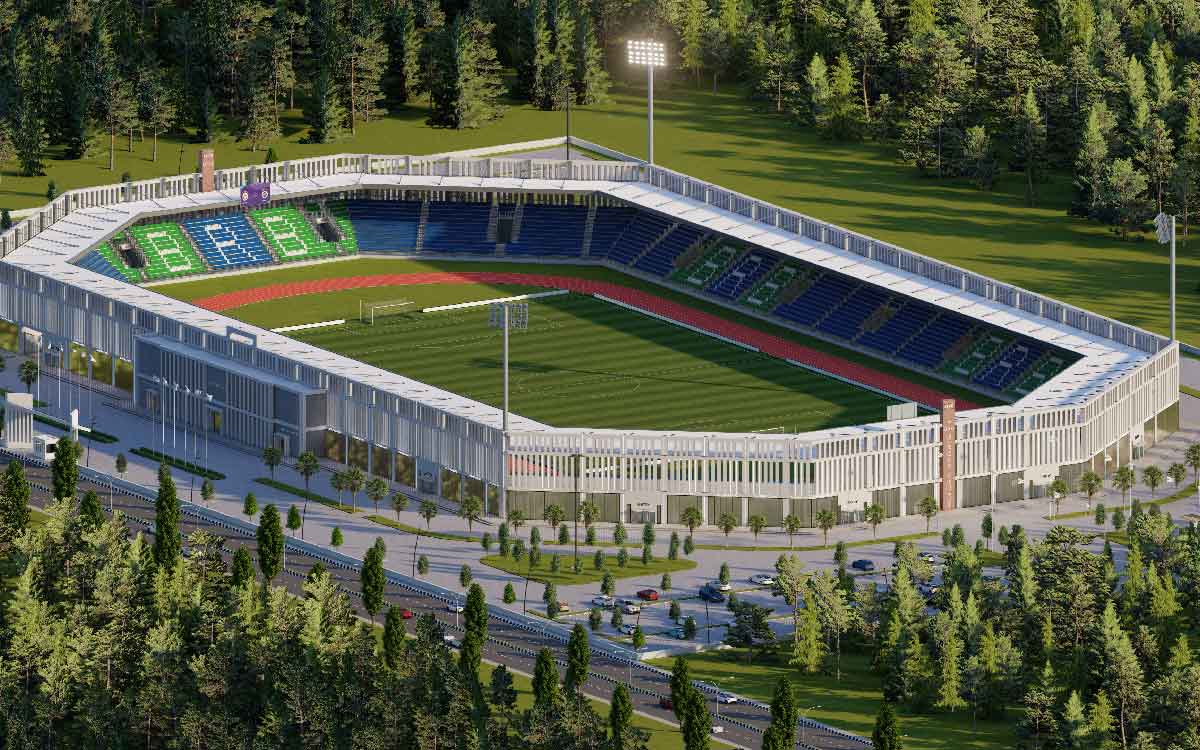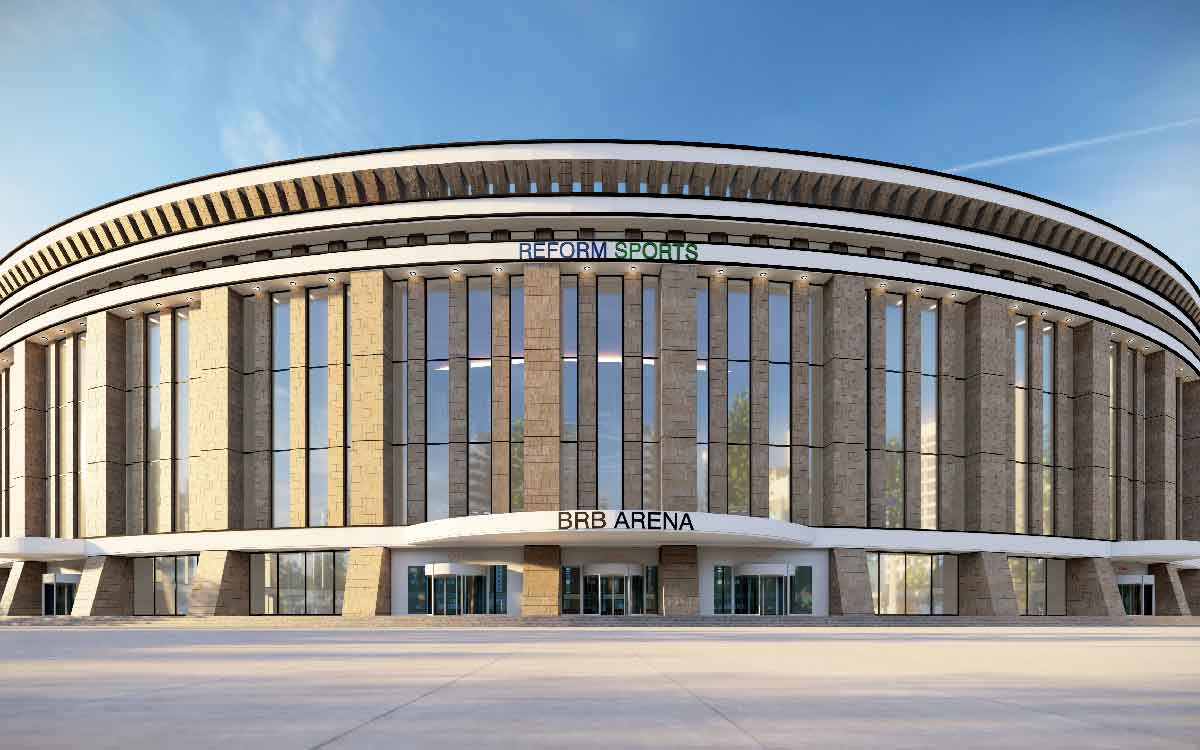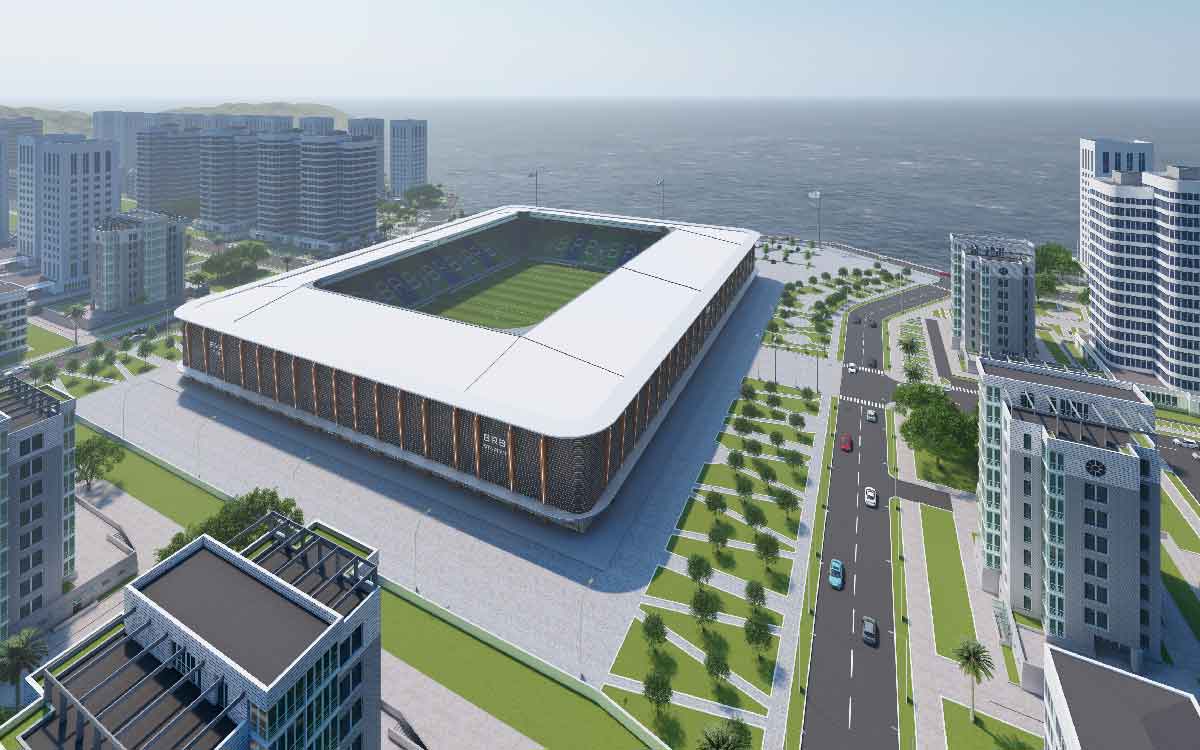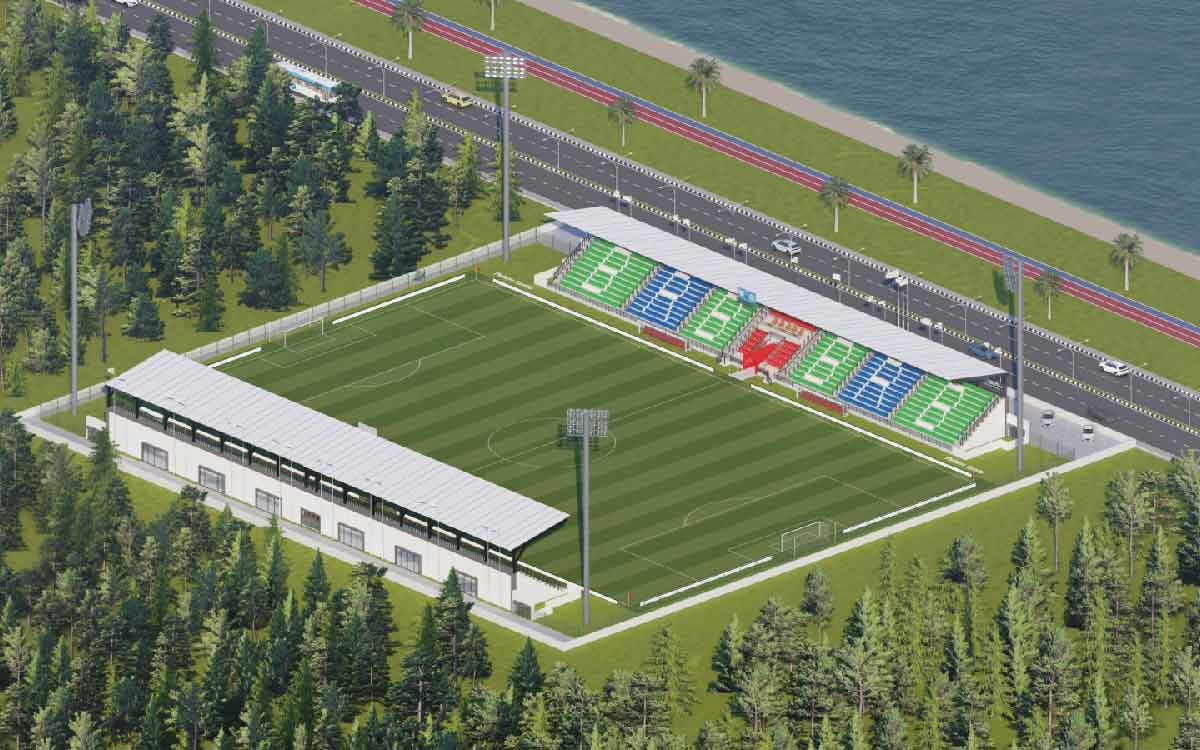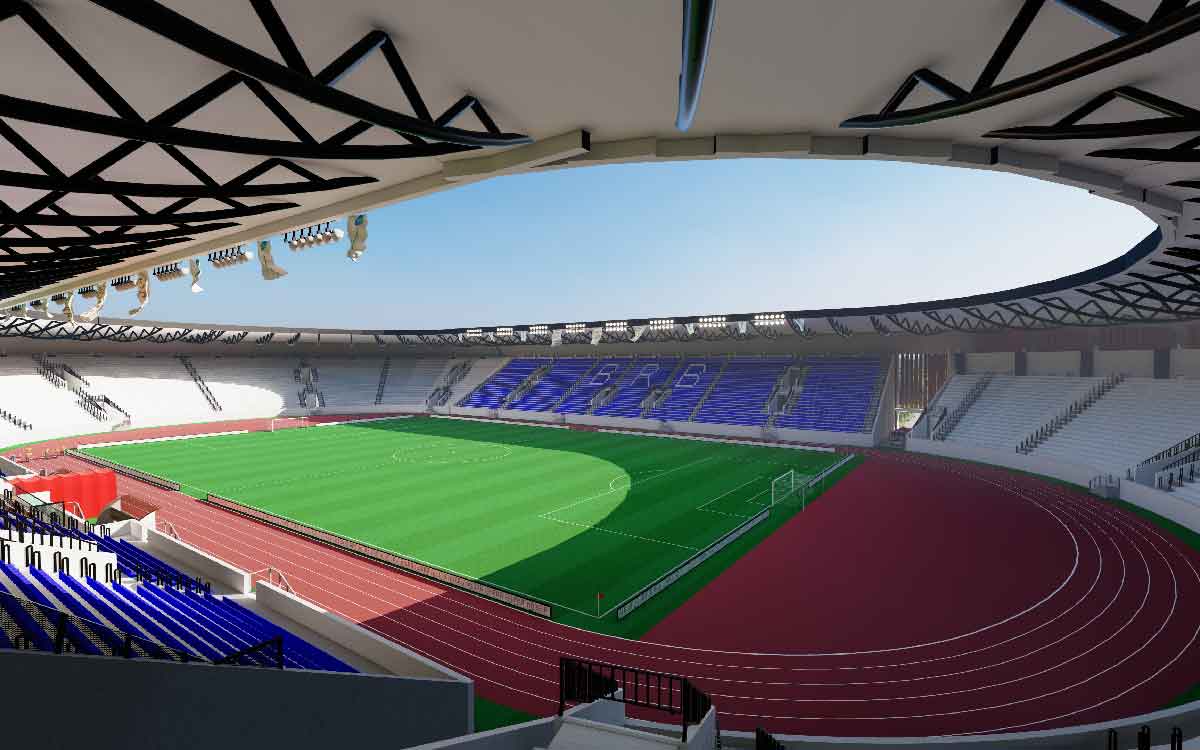
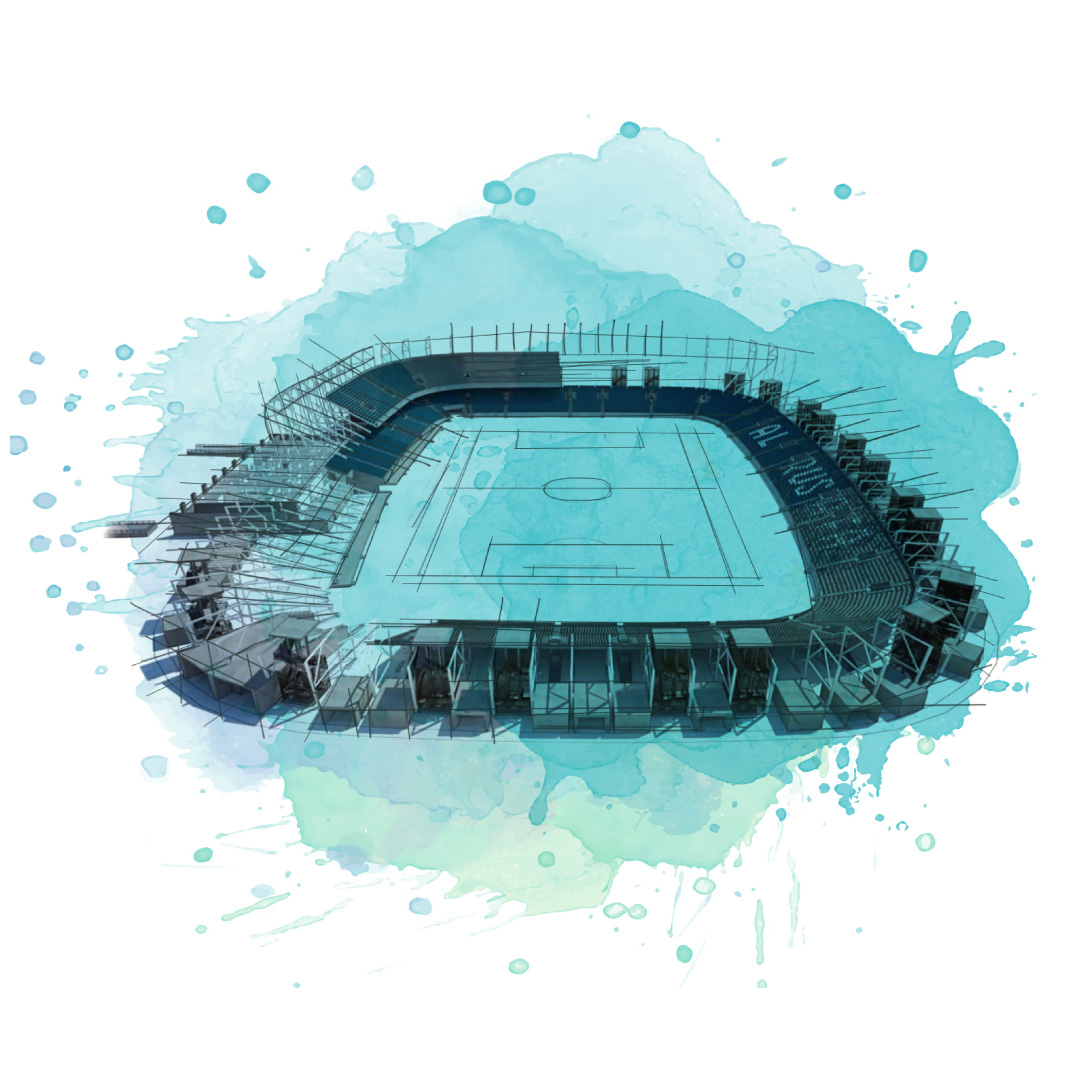
Reform Sports, which is among the leading domestic and foreign companies; thanks to its team of experts, its quality products, its disciplined commercial approach and its fast customer support, builds stadium projects between 6 and 12 months. Reform Sports offers turnkey stadium services by successfully completing all stages of the process.
Reform Sports manufactures stadiums to suit every density. Stadium construction time varies depending on seating capacity. For example, Reform Sports completes the construction of a 10,000 seat stadium in 6 months.
After the stadium construction stages, Reform Sports provides customers with the best and most comfortable stadium and realizes the turnkey delivery of the stadium. As part of the warranty, Reform Sports continues to provide prompt service for any issues that arise after the process is complete.
Stages of Stadium Construction
- Excavation works are carried out on the existing ground and the ground is prepared for the infrastructure works.
- Iron reinforced concrete is poured for the grandstand infrastructure in the stadiums where the steel grandstand will be built.
- A drainage system is constructed for the football field infrastructure..
- Wire mesh concrete is poured for the track infrastructure and asphalt is applied to it.
- Metal construction grandstands are fabricated at the factory by carrying out all the welding and painting or galvanizing work, and the assembly work is carried out on site. Once the steel construction work is completed, the assembly of the seat is done.
- The floor of the sandwich system is made for the floor of the athletics track.
- Hybrid grass, artificial grass or natural grass is used for the football pitch floor. Usually, football clubs lay artificial turf on their training grounds. Thus, maintenance costs are reduced and they have a more durable playing field.
- For the lighting system, the necessary lighting works of the stadium are carried out using galvanized coated poles.
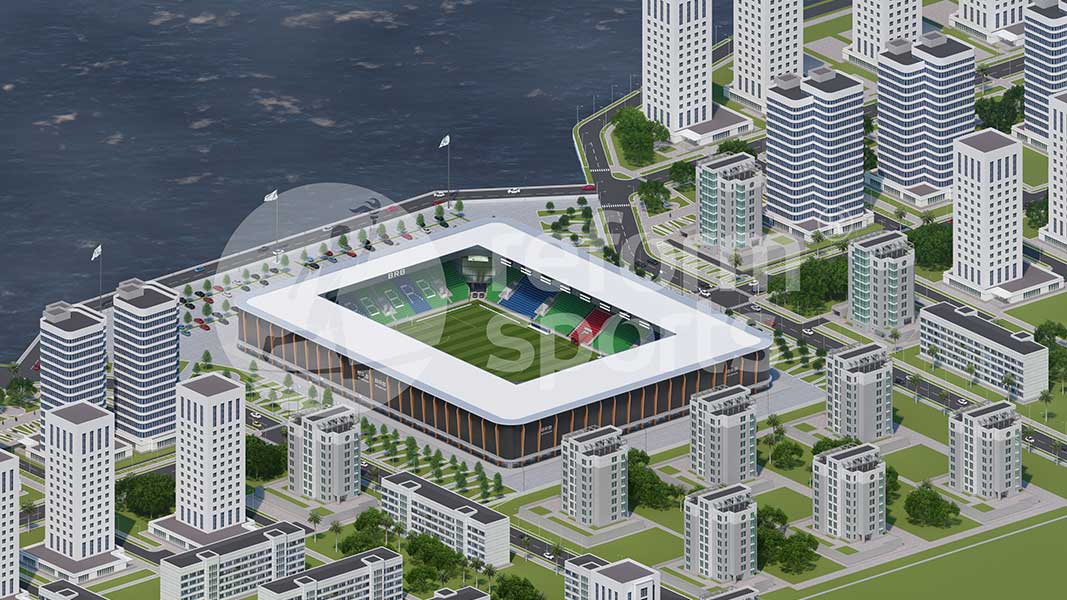
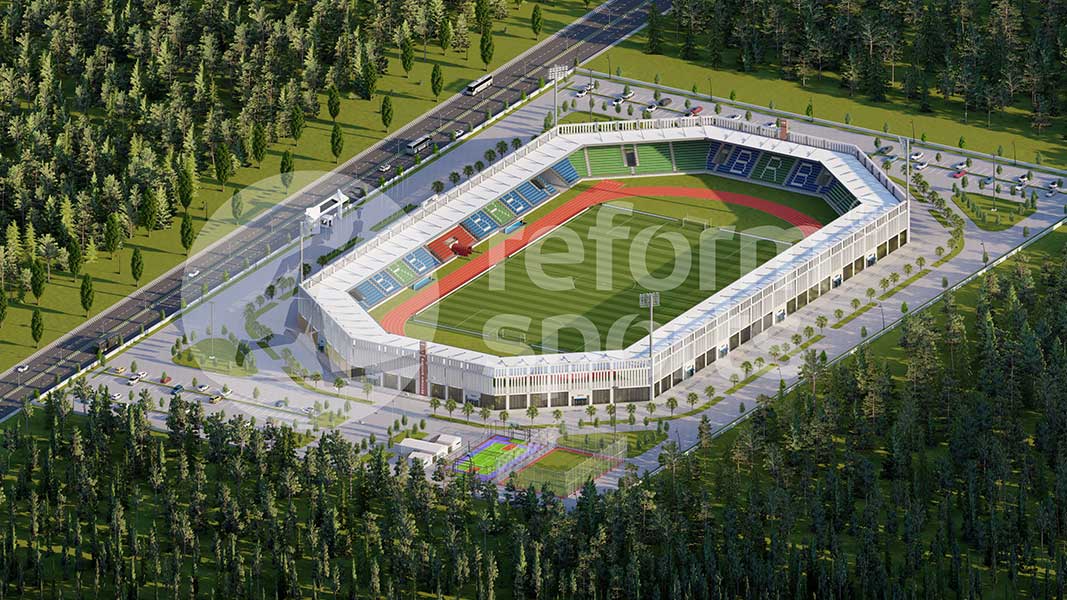
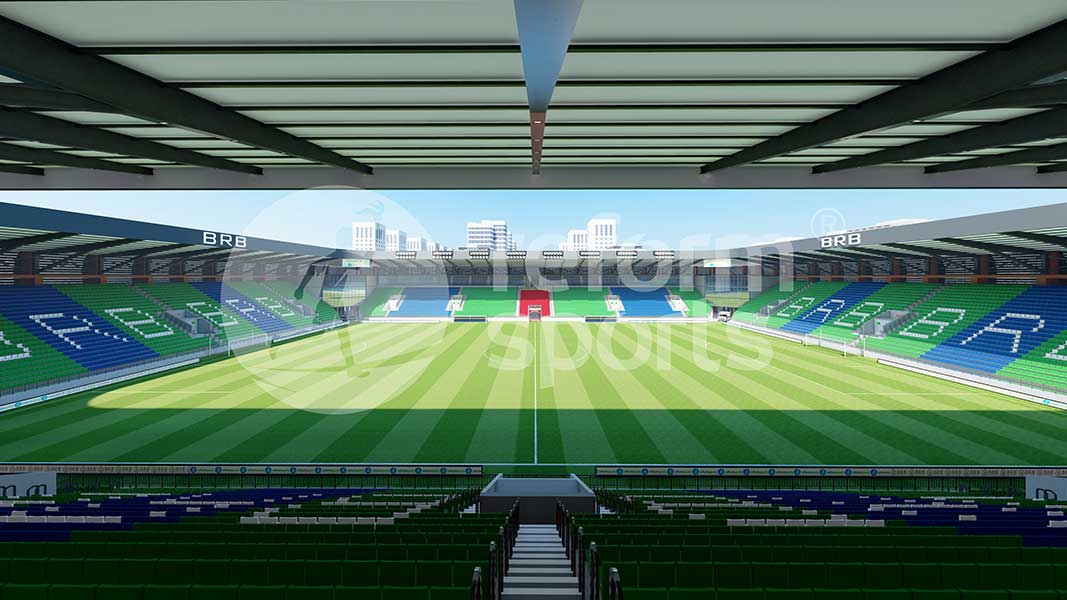

Stadium Construction Cost
The cost of building the stadium varies depending on the type of ground to be used, the capacity of spectators, the dimensions of the playing field and the location of the field to be built.
Stadium construction costs vary by international standards. The most commonly used standards in stadium construction are the FIFA standards.
FIFA standards provide an enjoyable experience for athletes and spectators. The following factors are taken into account in the stadium construction in accordance with FIFA:
- Dimensions of the football field to be built,
- Viewing angles of the viewer,
- Audience Seat Specifications,
- Emergency exits,
- Sufficient parking space,
- Sufficient number of entrances and exits, etc.

